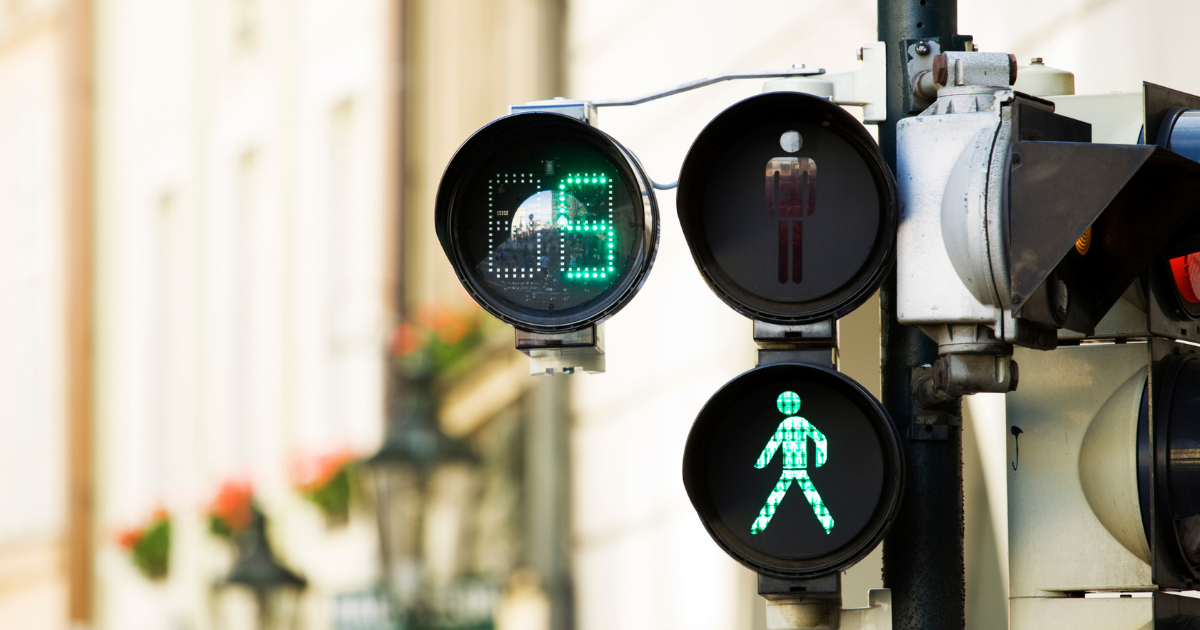
Prologue: Yesterday, we launched the first of two special episodes of The Movement Podcast showcasing challenges that people with disabilities face to access mobility and what can be done to improve it. You can catch that episode here.
If we’re going to solve mobility challenges, we have to start with the experiences of those who are experiencing those mobility challenges. Over the past few weeks, my fellow co-host of The Movement Podcast L’erin Jensen and I talked with four people in Washington State whose disability impacts their ability to move around their community to go to work, attend school, shop, or visit friends. Over the course of these conversations with Tanisha Sepulveda, Zack Hurtz, Micah Lusignan, and Krystal Monteros, we shook our heads in dismay at their stories of discrimination, lack of empathy, and the sinister application of the bare minimum of the letter of the law.
But it was a comment by Tanisha, a 31-year-old woman from Seattle who is a quadriplegic after a spinal cord injury 11 years ago, that stuck with me. Tanisha remarked “anyone can become a member of this minority group at any time.” It’s certainly true. One unlucky break, your genetic history, or even the hands of time are all that separate any of us from some of the mobility challenges that many people with disabilities face regularly.
The mobility challenges that our guests share with us on the podcast highlight how such seemingly prosaic things like crossing the street, riding the bus, or visiting our friends for dinner can become quite treacherous for the one in 4 US adults who have a disability.
Considering that people with disabilities are our nation’s largest minority group, it does raise an interesting question: because of its size and the fact that any of us could join the disability community at any time, you would think that, as a nation, we would be incentivized to eliminate as many mobility challenges as we can for people with disabilities.
But the Americans with Disabilities Act (ADA), the “civil rights legislation that prohibits discrimination and guarantees that people with disabilities have the same opportunities as everyone else to participate in the mainstream of American life,” was only passed 32 years ago. Prior to this landmark legislation, restaurants could refuse service to people with disabilities and a person who used a wheelchair couldn’t ride the bus. Even now, though, the application of the ADA is uneven, as illustrated in my podcast conversation with Chris Pangilinan, a public policy expert who wrote a report that highlighted how only 23% of New York City subways are accessible to those with a mobility device.
Or take the concept of universal design, a “strategy for making products, environments, operational systems and services welcoming and usable to the most diverse range of people possible.” You’ve probably used an element of successful universal design—the humble curb cut—without even knowing it. The sloping area off the curb at intersections that makes it easy for a wheelchair, stroller, or other mobility device to cross the street is a great example of universal design that benefits those persons with a mobility impairment, but also benefits everyone else as well.
And, despite the success of the curb cut, it is perhaps an apt illustration of our collective misplaced priorities that the research center that initiated the global movement of universal design, NC State’s Center of Universal Design, is currently shuttered due to a lack of funding.
Whether it’s a lack of progress with accessibility on transit in New York City or an underinvestment in universal design, one thing that cannot be denied is the fact that people with disabilities are not going anywhere. They are our family, our neighbors, our colleagues, our friends, and ourselves. We can’t continue to put our head in the ground and ignore that reality. Instead, we need to invest in righting these wrongs so that everyone can truly allow for the freedom of movement for all.